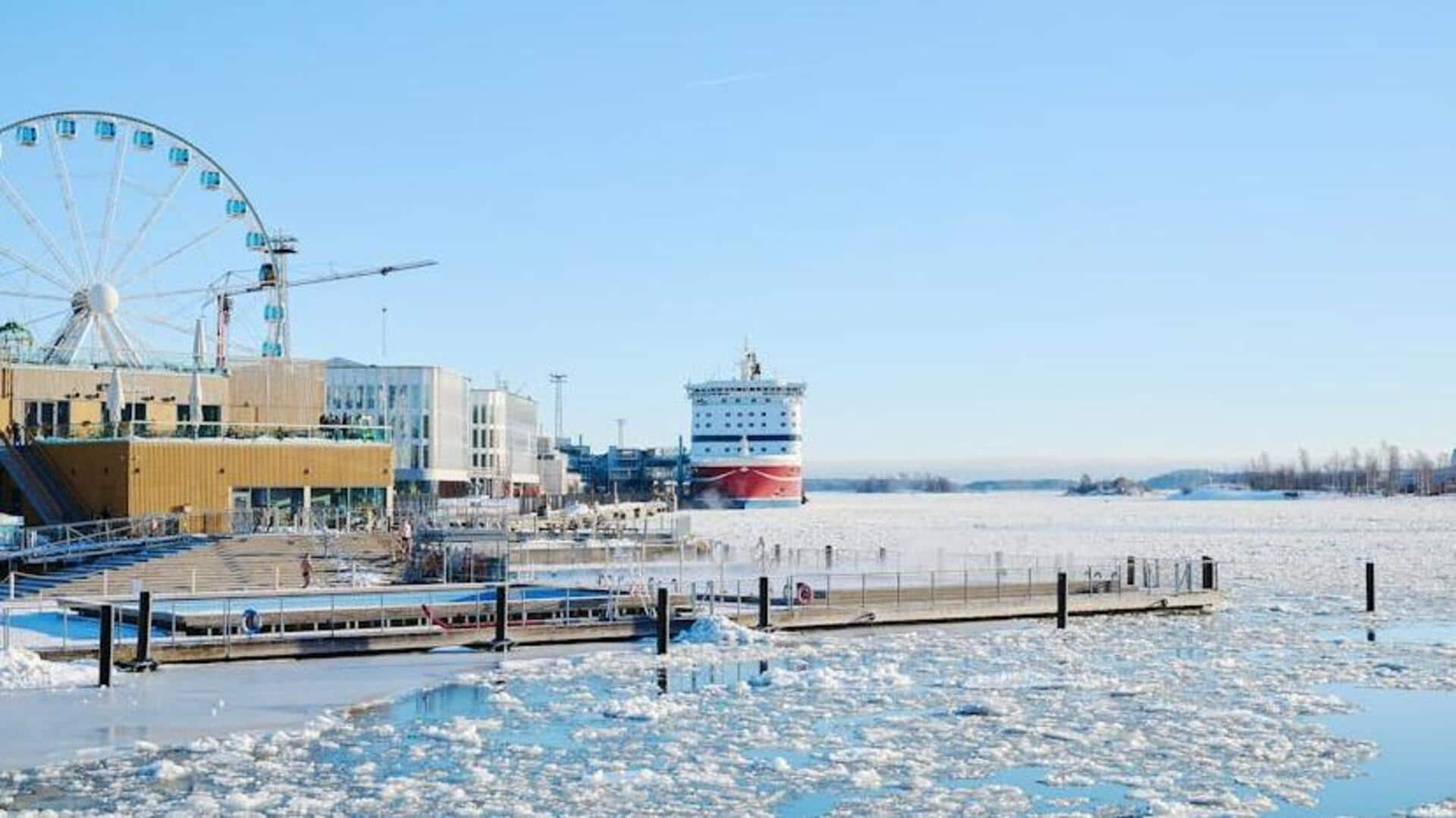
Debunking myths about exploring Helsinki during the winter season
What's the story
Helsinki, Finland's capital, is wrapped in myths of winter darkness, deterring many from visiting during the colder months due to fears of perpetual night.
Contrary to belief, Helsinki provides a winter experience illuminated with light and culture, offering warmth amidst the chill.
This guide will debunk these myths and reveal the enchanting charm of Helsinki's winter glow.
Darkness debunked
Myth 1: Perpetual darkness
One common myth is that Helsinki experiences 24 hours of darkness in winter.
In reality, while the days are indeed shorter, there are about six hours of daylight around the winter solstice.
Moreover, the city comes alive with artificial lights — from street lamps to festive decorations — creating a cozy atmosphere that brightens even the darkest days.
Warmth amidst cold
Myth 2: Unbearable cold
Many think Helsinki's winter is too cold for outdoor fun, but this isn't true.
The city is ready for the freeze with heated spaces, smooth public transport, and inviting cafes to escape the chill.
Dressing warmly enables enjoyable activities like ice skating or walks in snowy parks.
These experiences prove that Helsinki's winter can be both manageable and delightful.
Winter wonders await
Myth 3: Limited activities
Contrary to popular belief, Helsinki does not shut down during the winter months.
The city actually bursts into life with unique offerings like festive Christmas markets, the thrilling tradition of ice swimming, and exclusive cultural events.
These activities are special to the winter season. Additionally, museums and galleries welcome visitors, providing cultural warmth on the coldest days.
Snowy splendor revealed
Myth 4: Lack of natural beauty
Contrary to some beliefs, Helsinki's natural allure does not diminish beneath the snow. In fact, winter adorns the city with a unique charm.
The sea around Suomenlinna Sea Fortress lies still and frozen, offering a majestic view, while Central Park's trees wear a coat of white, transforming the landscape into a tranquil, snowy wonderland that highlights nature's quiet beauty during the frosty months.